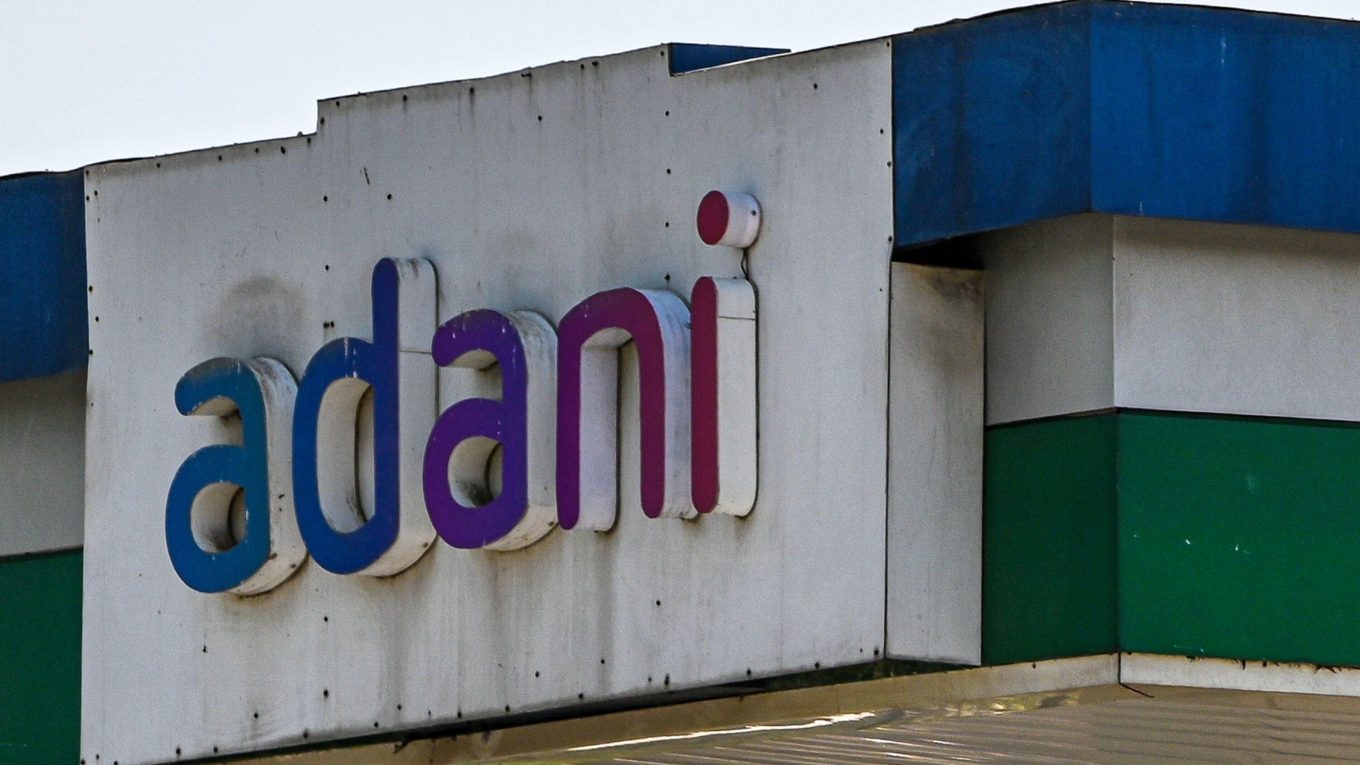Adani’s $1.1 bn copper project in Gujarat to start operations from Mar 2024
The billionaire Gautam Adani Group’s copper production plant in Mundra, Gujarat state will start operations from March next year, helping reduce India’s dependence on imports and aiding the energy transition, sources said.
Copper is known as the “electrification metal” because deeper electrification requires wires made primarily of copper. Critical technologies for the energy transition such as electric vehicles (EVs), charging infrastructure, solar photovoltaics (PV), wind power, and batteries require copper.
Kutch Copper Ltd (KCL), a subsidiary of Adani Enterprises Ltd (AEL) of the group, is constructing a new copper refining project to produce 1 million tonnes per annum refined copper in two phases.
For the first phase, with a capacity of 0.5mtpa, KCL achieved financial closure through a syndicated loan to the club, sources with direct knowledge of the matter said.
They said that the first phase is expected to enter into force by the end of the current fiscal year.
Adani, at the company’s AGM a few days ago, stated, “Among the many ongoing projects, two of the major projects include the Navi Mumbai Airport and the copper smelter, both of which are on schedule.”
The Rs 8,783 crore seeding project completed a full debt bond with a consortium of banks led by the SBI earlier this year, adding that the full debt requirement of Rs 6,071 crore for the first phase had been provided by the consortium of banks.
The equity of the project has been invested by the parent company Adani Enterprises Ltd. In addition, it has secured all major approvals to ensure timely execution.
Copper is the third most used industrial metal after steel and aluminium, and its demand is growing on the back of the rapid growth of renewable energy, telecom and electric vehicle industries.
Copper production in India could not meet this demand, and domestic supply disruptions increased dependence on imported copper. India’s imports have been on the rise for the past five years.
For fiscal year 23 (April 2022 to March 2023), India imported a record 1,81,000 tons of copper, while exports fell to a record 30,000 tons, which is less than during the pandemic period, according to government data.
It is estimated that the country consumed 7,50,000 tons of copper in FY23 (612 kilotons in FY22). The figure is expected to rise to 1.7 million tons by 2027 on the back of massive demand from the green energy industry.
Global copper demand from solar PV installations alone is estimated to double to 2.25 million tons in the current decade.
Sources said the Adani Group, whose renewable portfolio is growing rapidly, will be a big consumer of the red metal.
The strategically located plant at Mundra on the West Coast will play an important role in the development of green energy infrastructure, and encourage ‘Make in India’. The project has the potential to make the Mundra SEZ a hub for value-added copper downstream products ecosystems in the future.
The sources said the location provides an added advantage of access to lower cost, uninterrupted power supply and logistical infrastructure to meet the domestic and international demand.
On the operational front, the company is involved in long-term supply agreements for the main raw material – copper concentrates. This, along with the strategic location and integrated value chain advantage, will help Kutch Copper be one of the most sustainable and lowest cost copper producers in the world, according to sources.
Keeping in mind the group’s ESG priorities, the sustainable, solution-based project design for the plant will have no liquid discharge. It will explore the use of green energy and the deployment of cement by-products and other companies.
In addition, the plant will produce 25 tons per year, 250 tons per year of silver, 1,500 kilotons per year of sulfuric acid and 250 kilotons per year of phosphoric acid as by-products.
India imports nearly two million tons of sulfuric acid, which is a key raw material for the manufacture of phosphate fertilizers, detergents and specialty chemicals.
Globally, copper production is more concentrated than oil. The two largest producers – Chile and Peru – account for 38 percent of global production.
Demand growth is expected to be seen during the energy transition — the move away from fossil fuels to renewables — in the United States, China and Europe, along with India. By 2035, the United States is expected to import up to two-thirds of its copper needs.
(Only the title and image for this report may have been reworked by the Business Standard team; the rest of the content is generated automatically from a shared feed.)
